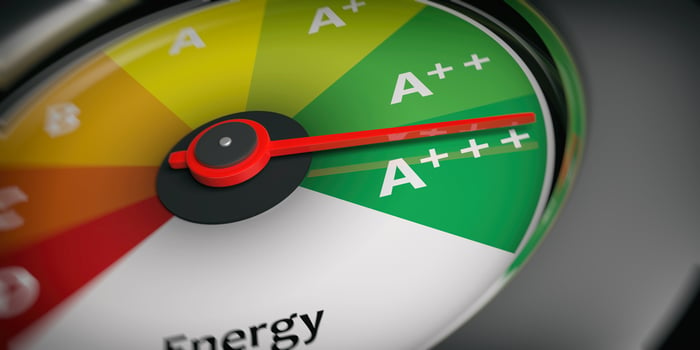How Can a Building Digital Twin Contribute to LEED Certification?

A digital twin can be used to improve the performance of a building during its entire life cycle, while reducing ownership costs - construction, operation, maintenance, renovations, etc. Building owners who seek the LEED certification can also use digital twins to simulate several design options. By comparing various scenarios, building owners can maximize the credits earned under the LEED scoring system.
There are several rating systems under the LEED certification, each designed for different types of projects:
- BD+C - Building Design and Construction
- ID+C - Interior Design and Construction
- O+M - Operations and Maintenance
- ND - Neighborhood Development
- Homes
- Cities and Communities
Each rating system has a unique distribution of prerequisites and credits, and these also change depending on the occupancy classification. However, many performance features in LEED can be validated with simulation models to score points. Also, when choosing between several design options, a digital twin allows a quick comparison of multiple scenarios.
Improve building performance and reduce ownership costs with a digital twin.
The LEED certification requires all the prerequisites in the applicable rating system and a combination of credits that achieves at least 40 points. The Silver, Gold, and Platinum certification levels are awarded for minimum scores of 50, 60, and 80.
Earning LEED Credits with a Digital Twin
The rating systems used in the LEED certification have technical requirements, and many of them offer two options:
- Prescriptive requirements
- Performance levels
Prescriptive requirements have specific instructions, but their design flexibility is very limited. Also, a building can become very expensive when attempting to get the LEED certification using only this approach.
When available, a performance-based approach provides more design flexibility, since you are not required to use prescriptive features. However, many LEED credits that are based on performance require building simulations as proof. The following table provides some examples:
|
LEED Performance Area |
Applications of Simulation Models |
|
Sustainable Sites |
Light pollution reduction |
|
Energy and Atmosphere |
Validating the minimum energy performance, and optimization beyond the minimum |
|
Materials and Resources |
Simulating chemical emissions from furniture and medical furnishings |
|
Indoor Environmental Quality |
Air pollutant levels at ventilation intakes Emissions from construction materials Natural lighting illuminance levels |
These are the performance areas where the LEED rating system mentions simulation models directly. However, a digital twin can be used as a design tool in general, and this includes performance areas where LEED does not mention modeling. In particular, energy efficiency is an area where building owners can score many points towards a certification:
- LEED BD+C: Up to 18 points
- LEED ID+C: Up to 25 points
- LEED O+M: Up to 20 points
- LEED Homes: Up to 29 points
Since the minimum score for LEED certification is 40, a highly efficient building can earn many points for that feature alone. The combination of energy efficiency and enhanced performance in other areas can help achieve a higher certification (Silver, Gold, or Platinum).

Comparing Scenarios with a Digital Twin
Another advantage of digital twins is allowing the comparison of multiple design options, something that would require a prohibitive amount of time with conventional design methods. For example, a building owner can simulate many HVAC systems and building envelopes, to determine which configuration offers the highest energy efficiency. In the case of a LEED certification, a digital twin can also be used to maximize the credits earned.
Building features that improve performance often achieve synergy, but there are also cases where they are mutually exclusive. When a digital twin is used in the design, MEP engineers can rule out ineffective features, combining those that maximize performance and LEED credits earned.

Anuj Srivastava
Anuj Srivastava is a principal partner at NY Engineers. He is known for his MEP franchise market knowledge. Anuj is currently leading a team of 100+ MEP/FP engineers and has successfully led over 1500 franchise projects in the US.
Join 15,000+ Fellow Architects and Contractors
Get expert engineering tips straight to your inbox. Subscribe to the NY Engineers Blog below.



